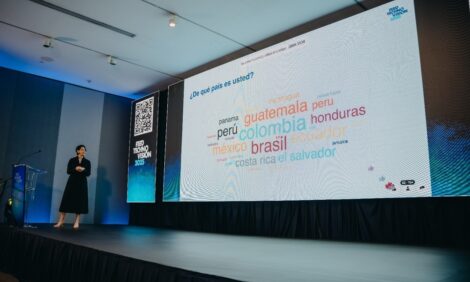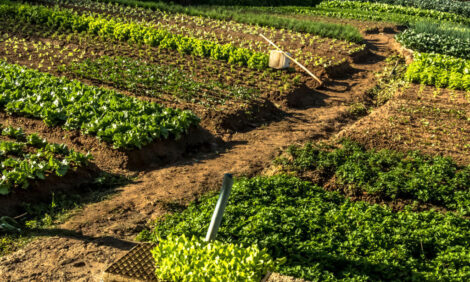



Colombian Agricultural Industry Concerned About FTA
ANALYSIS – May 15, 2012 has been the date set for the start of the Colombia – US Free Trade Agreement (CFTA). While the US agribusiness sector is very pleased, the Colombian sector is less so, writes Chris Wright, Editor of TheCattleSite.Getting right to heart of the matter and based upon a report from the US Congressional Research Service prepared in December 2011, upon entry into force the CFTA will eliminate most tariffs immediately and phase out the remaining tariffs over periods of up to 19 years.
Tariffs on agricultural products will be phased out over a period of time, ranging from three to 19 years. Colombia will eliminate quotas and over-quota tariffs in 12 years for corn and other feed grains, 15 years for dairy products, 18 years for chicken leg quarters, and 19 years for rice.
Colombia currently applies some tariff protection on all agricultural products. The CFTA will provide duty-free access on 77 per cent of all agricultural tariff lines, accounting for 52 per cent of current US exports to Colombia, upon implementation. Colombia will eliminate most other tariffs on agricultural products within 15 years.
US farm exports to Colombia that will receive immediate duty-free treatment include high-quality beef, cotton, wheat, soybeans, soybean meal, apples, pears, peaches, cherries, and many processed food products including frozen french fries, and cookies.
US farm products that will receive improved market access include pork, beef, corn, poultry, rice, fruits and vegetables, processed products, and dairy products.
The agreement will also provide duty-free tariff rate quotas on standard beef, chicken leg quarters, dairy products, corn, sorghum, animal feeds, rice, and soybean oil.
The United States is Colombia’s leading trade partner, accounting for 38 per cent of Colombian exports in 2011. Colombia, meanwhile, accounts for a very small percentage of US trade (0.9 per cent in 2010), ranking 20th among US export markets and 25th as a source of US imports.
The US average tariff on Colombian goods is 3 per cent, while Colombia’s average tariff on US goods is 12.5 per cent. In 2010, about 90 per cent of US imports from Colombia came into the country duty free under trade preference programmes or through normal trade relations.
Colombia had been seeking lenient agriculture provisions in the agreement. The United States agreed to give more sensitive sectors longer phase-out periods to allow Colombia more time to adjust to trade liberalization. Sectors receiving the longest phase-out periods include poultry and rice.
Reactions
While the US agricultural sector is very pleased with the agreement since it opens some market areas immediately and others within the next two decades, the Colombians are more wary. The Colombian agribusiness sector has expressed its concerns throughout the treaty process, and is now more vocal since the date has been set.
It’s simply a matter of the large volumes of goods the US produces, versus those of Colombia, which is a much smaller country. While Colombia is the fourth largest broiler producer and the third largest egg producer in Latin America, those sectors are dwarfed in comparison to those in the US.
The biggest concern is the ability of US leg quarter exports to overwhelm the Colombian market. This is why the tariffs on those products will last 18 years, the second longest of all the agricultural products.
This treaty is a two edged sword for Colombia. The animal husbandry sector wants access to cheap corn and soybeans to feed their animals, since they import large quantities of these products from the US. Meanwhile, Colombian corn producers want to be protected, so the Tariff Rate Quota (TRQ) on yellow corn will last for 12 years. Therefore, corn will not necessarily be cheaper for Colombian poultry industry because of the treaty, at least not at first.
The other concern of the poultry industry is the serious infrastructure problems in the country, particularly the bad state of its roadways. This has been a concern for over the last couple years, when bad winter flooding destroyed many roads, which remain in disrepair.
The poultry industry has called for all the agribusiness sectors in the country to join in rehabilitating their infrastructure, since they feel that this will be vital in making them competitive, particularly in the face of CFTA.
Further Reading
|
| - | Go to our previous news item on this story by clicking here. |



